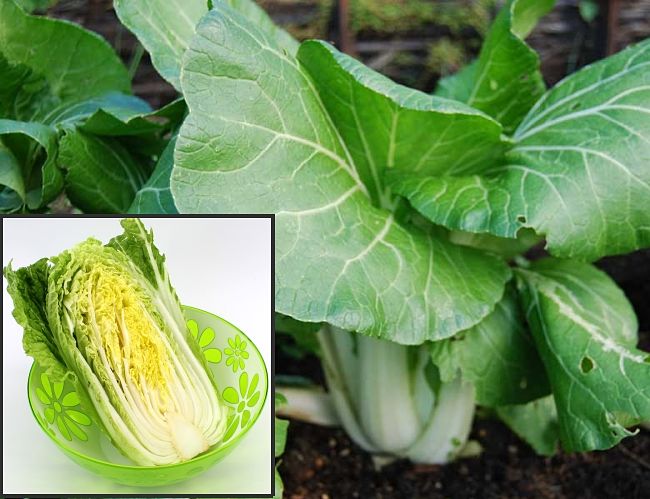Planting and Growing Guide for Napa Cabbage (Brassica rapa)
Description
Napa cabbage or Wong Bok, has a tall, extended, oval shape with a semi-tight cone shaped head. You can eat the white stems and crinkly light green leaves, either together or individually. It is a favorite for Asian stir-fry dishes and as a versatile side serve with other vegetables. It can be eaten raw in salads as an alternative to traditional cabbage in coleslaw. It is softer and has a gentler flavor than traditional globe cabbage.
Napa Cabbage grows easily from seeds and transplants well if there is deep soil in the seed tray. So you can establish in seed trays and then plant out. Napa Cabbage need to be grown to come to harvest in the cooler and shorter days of Spring or Autumn (Fall) before temperatures get too hot or their is a chance of frost. Plants need about 55 to 75 days to come to harvest depending upon the variety.
Grow 4 to 5 plants per household member, with batch planting to extend the harvest time for the crop. It prefers cooler weather, but can be ground year-round in some zones, but goes to seed in hot weather. It is best grown quickly, without any growth checks by ensuring there is plenty of with plenty of water and that the soil is rich. Regular applications of fertilisers and compost / manure will help keep the plants growing vigorously. Adding compost around the young plants also helps. Napa Cabbage is frost tender, so plant to grow and harvest to avoid winter frosts.
Planting Guide
Seed Depth: Plant seeds about 5-8 mm (1/4 inch) deep. Plant in rows about 30-40 cm (1 foot) apart. Seeds will germinate in 6-10 days;
Space between plants: Thin to 20-30 cm (12 inches) apart, once the seedlings appear and have grown a little, or when transplanting.
Harvest Time: Harvest after 8-10 weeks, though early leaves can be picked earlier. Sow seeds in batches every 1-2 weeks for a continuous long harvest.
Hints:
- Grows best in full sun or half shade
- Needs rich, well-drained, sandy soil with a covering of compost
- Keep plants well watered and feed regularly to help the plant grow quickly
- Frost tender, so plant seeds and seedlings after the last expected frost
- Watch out for slugs and snails and white butterflies. Wash leaves individually before using to remove dirt and residues
- Plant seeds in small batches, every 2 weeks or so, for continual harvest through summer
- Avoid growing in hot weather as plants will go to seed and will not form a head

Disclaimer: The PlantWhatWhen vegetable planting guide is only designed for use as a very general reference for home gardening purposes. It is not to be used for farming, markets or commercial activities of any kind whatsoever. We take absolutely no responsibility for the accuracy and adequacy of the information provided on this site. We recommend that you consider your local climate, weather patterns and conditions when deciding what and when to plant in your home garden. It's entirely your own decision. Happy Gardening and Best Wishes!